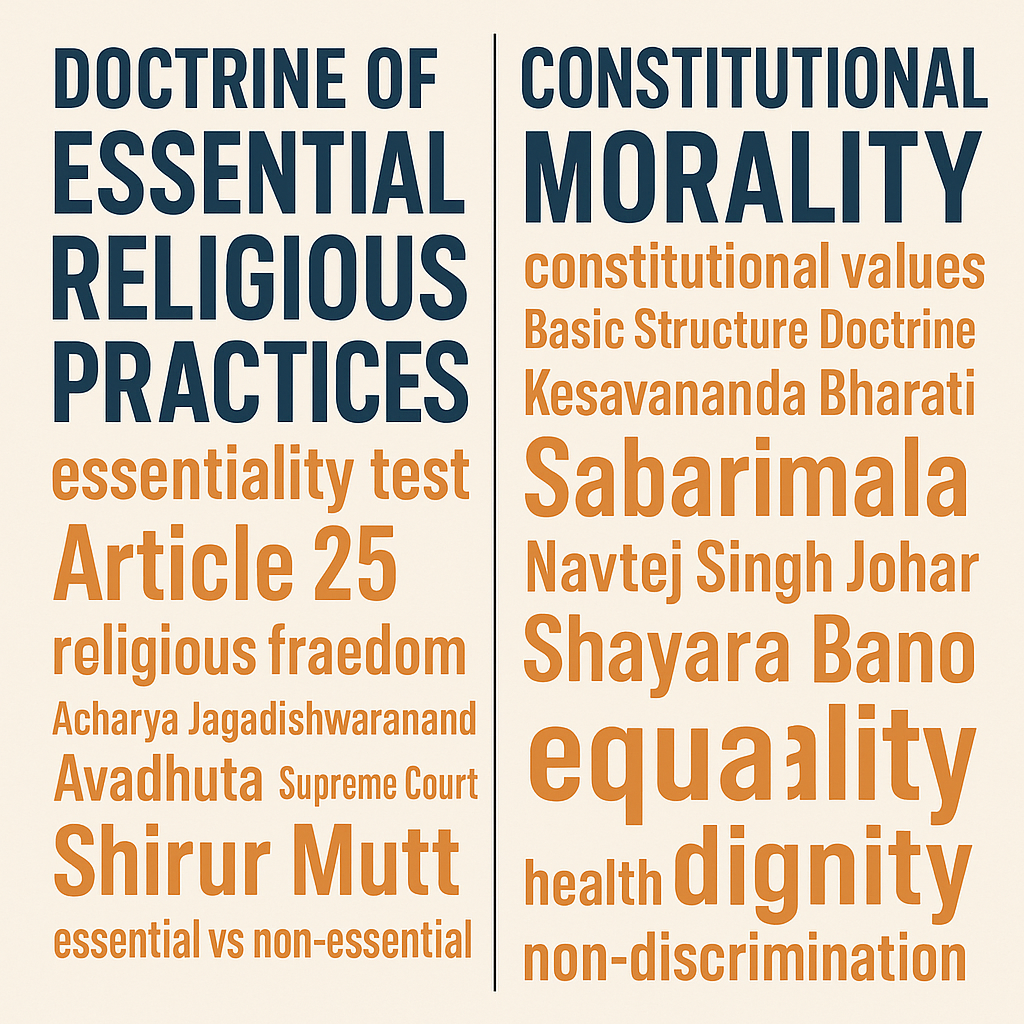Domestic violence remains one of the most pressing human rights issues across the world, affecting individuals regardless of age, gender, class, or ethnicity. It operates in silence, often behind closed doors, and thrives in cultures of impunity, patriarchal norms, and institutional failure. Over the past few decades, growing awareness and advocacy have brought this deeply personal but profoundly public issue into the legal and political spotlight. Legal protections against domestic violence have seen a transformation, especially with the increasing global recognition of gender-based violence as a violation of human rights. However, despite these efforts, challenges persist. As we analyze the current legal trends and examine the future directions in combating domestic violence, it is clear that while the road has been long, it is far from complete.
The legal response to domestic violence has evolved significantly since the mid-20th century. What was once considered a private family matter is now acknowledged as a public concern requiring legal intervention. In many countries, including India, laws have been enacted specifically to address various forms of domestic abuse — physical, emotional, sexual, psychological, and economic. The Protection of Women from Domestic Violence Act, 2005 (PWDVA) in India marked a major step forward. This Act widened the understanding of domestic violence beyond physical harm, encompassing threats, intimidation, verbal abuse, and deprivation of basic necessities. Importantly, it also allowed for civil remedies such as protection orders, residence rights, and monetary relief, making it a progressive piece of legislation focused not only on punishment but on prevention and protection.
Across the globe, similar frameworks have been developed. The United States has the Violence Against Women Act (VAWA), which provides federal resources for the investigation and prosecution of violent crimes against women. In Europe, the Council of Europe’s Istanbul Convention is a comprehensive treaty specifically aimed at preventing and combating violence against women and domestic violence. These laws and conventions reflect a growing consensus on the need for strong, clear, and enforceable legal protections for victims. Moreover, they emphasize the responsibility of the state not only to punish perpetrators but also to protect victims and prevent violence from occurring in the first place.
Despite these advancements, enforcement remains a critical barrier. Legal remedies are only effective when victims are aware of them and have the resources to access them. Many women, particularly those from marginalized communities, still face significant barriers in reporting abuse. These barriers include fear of retaliation, societal stigma, financial dependency, and lack of faith in the justice system. Police often fail to take complaints seriously, or worse, encourage reconciliation without due process. Courts can be slow, intimidating, and expensive, further deterring survivors from seeking help. Legal literacy remains low in many parts of the world, and often women are unaware of their rights or how to claim them.
Moreover, the intersectionality of domestic violence — how it overlaps with caste, class, religion, sexuality, and disability — is often inadequately addressed in legal discourse. For instance, Dalit women in India face a unique and compounded form of violence that involves both patriarchal and caste-based oppression. LGBTQ+ individuals often lack legal recognition of their relationships and are excluded from protections offered to heterosexual spouses or partners. These gaps highlight the need for a more inclusive and intersectional legal approach, one that recognizes the diversity of victims and tailors protections accordingly.
Another trend emerging globally is the focus on restorative justice and community-based models. While punitive legal mechanisms remain essential, many advocates are calling for systems that prioritize healing, accountability, and long-term safety over simple incarceration. This is especially relevant in societies where survivors may not want their abusers jailed, particularly when the abuser is a family member or co-parent. Restorative justice offers a way to confront harm, provide space for victims to be heard, and work toward solutions that prevent further abuse without necessarily severing familial bonds. However, these models must be implemented with caution and only when survivors have given informed and voluntary consent.
Technology is also playing a pivotal role in both perpetrating and addressing domestic violence. On one hand, abusers are using digital tools to stalk, harass, and control victims through surveillance, spyware, and online intimidation. On the other hand, technology has enabled access to support services, virtual legal aid, helplines, and online reporting tools. Courts in many countries, especially during and after the COVID-19 pandemic, began to accept online testimonies, e-filings, and virtual hearings, making legal processes more accessible to victims who are unable to travel or who face physical danger in appearing in person. The use of apps and chatbots offering legal guidance is also on the rise, bridging the gap between survivors and formal justice systems.
Another notable trend is the increasing involvement of international human rights bodies and regional courts in holding states accountable for failing to protect victims of domestic violence. Judgments from bodies like the European Court of Human Rights and the Inter-American Court of Human Rights have clarified that domestic violence is not just a criminal issue but a violation of the victim’s right to life, dignity, and non-discrimination. These legal precedents compel states to adopt more comprehensive frameworks and set a global benchmark for accountability.
Looking ahead, the future direction of legal protections against domestic violence must include strengthening implementation mechanisms, enhancing survivor support systems, and incorporating preventive education. Police, judiciary, and health professionals must be sensitized and trained continuously to respond appropriately to domestic violence complaints. Fast-track courts, dedicated to cases of domestic violence and gender-based crimes, can help in reducing the pendency and delivering timely justice. Legal aid must be expanded and made truly accessible to women in rural and underprivileged areas.
Education and awareness campaigns are equally crucial. Laws can only function effectively when society understands, respects, and upholds them. Integrating gender sensitization into school curriculums, promoting positive masculinity, and engaging men and boys in the fight against domestic violence are essential to dismantle the cultural foundations of abuse. Legal change must be accompanied by social change if it is to have any lasting impact.
Furthermore, it is time to push for a global treaty on gender-based violence, similar to the Convention on the Rights of the Child or the Convention on the Elimination of All Forms of Discrimination Against Women (CEDAW), but focused specifically on domestic and intimate partner violence. Such an instrument could unify global standards, ensure accountability, and support countries in building effective legal and social infrastructures to prevent and respond to domestic violence.
While the last few decades have witnessed significant strides in legal protections against domestic violence, the path forward demands a renewed and sustained commitment. The law must not only punish but also protect and prevent. It must evolve to address new forms of abuse, recognize diverse experiences, and dismantle systemic barriers that perpetuate silence and suffering. Only through a comprehensive, inclusive, and survivor-centered legal approach can we hope to build a world where safety, dignity, and justice are not privileges but guaranteed rights for all








